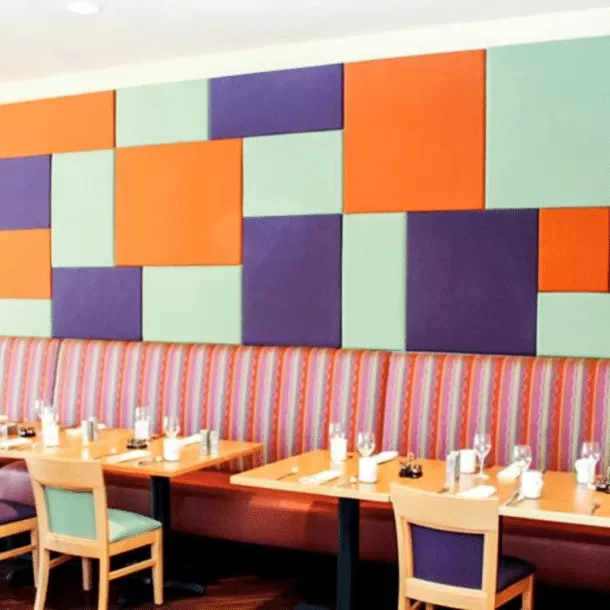
Silence is Golden: Acoustic Building Materials for a Peaceful Environment
Introduction:
In our fast-paced and noisy world, creating a peaceful and serene environment has become increasingly important.
Whether it’s a home, office, or public space, the choice of acoustic building materials plays a crucial role in reducing unwanted noise and creating a tranquil atmosphere. In this blog, we will explore the significance of acoustic building materials and highlight some of the key options available in the market. By understanding the benefits and features of these materials, you can make informed decisions to enhance the acoustic comfort of your space and enjoy the tranquility of silence.
Acoustic Building Materials
Acoustic Wall Panels:
Acoustic wall panels are a popular choice for improving sound quality and reducing noise levels within a space.
These panels are designed to absorb sound waves and minimize echo and reverberation. They are available in
various styles, sizes, and finishes to suit different aesthetic preferences. Acoustic wall panels can be installed in
offices, conference rooms, home theaters, and other areas where noise control is important. They not only
enhance the acoustic environment but also add a decorative touch to the space, making them a versatile option
for both functionality and aesthetics.
Soundproof Insulation:
Soundproof insulation is an effective solution for reducing airborne noise transmission through walls, floors, and
ceilings. It is commonly used in residential and commercial buildings to minimize noise transfer between rooms or
from external sources. Soundproof insulation materials, such as mineral wool or cellulose fibers, are dense and
absorb sound vibrations. They can be installed during construction or added as retrofit solutions. By incorporating
soundproof insulation, you can create a quieter and more private environment, allowing occupants to work, relax,
or sleep without disturbance.
Acoustic ceiling tiles:
These tiles are developed specifically to absorb and reduce sound reflections and reverberation from ceilings. In
situations where speech comprehension and noise reduction are crucial, such as workplaces, classrooms, hospitals,
and other places, they are commonly used. To meet the aesthetic needs of the area, acoustic ceiling tiles are
offered in a variety of forms, patterns, and finishes. They are easy to install and can be combined with other
acoustic materials to create a full noise-reduction system. In addition to improving sound quality, acoustic ceiling
tiles also improve a room’s aesthetic appeal and coziness.
Floating Floors:
Floating floors are an effective solution for reducing impact noise transmission caused by footsteps or machinery
vibrations. These floors are installed on top of a resilient underlayment that absorbs and dampens the vibrations,
preventing them from traveling to other parts of the building. Floating floors are commonly used in residential
buildings, offices, and recording studios where noise control and sound isolation are paramount. They are available
in various materials, including wood, laminate, and engineered flooring options. By installing floating floors, you
can minimize disruptive impact noise and create a more peaceful and enjoyable environment.
Noise-Reducing curtains:
Noise-Reducing curtains: Noise-reducing curtains are a flexible and affordable choice for controlling the amount of
noise in a space. The materials used to make these drapes are special and sound-absorbing. They can be used in
homes, offices, or any other setting where reducing outside noise is important. Noise-reducing curtains come in a
range of designs, hues, and weights, allowing you to choose the level of noise reduction required. Additionally,
they have the benefits of thermal insulation and light blocking, which enhance the room’s ambiance and overall
comfort.
Conclusion:
The ability to create a calm environment is crucial to our well-being and productivity. You may efficiently lower
noise levels and appreciate the peace and quiet of silence in your surroundings by using acoustic building materials
such as wall panels, soundproof insulation, ceiling tiles, floating floors, and noise-reducing drapes.



